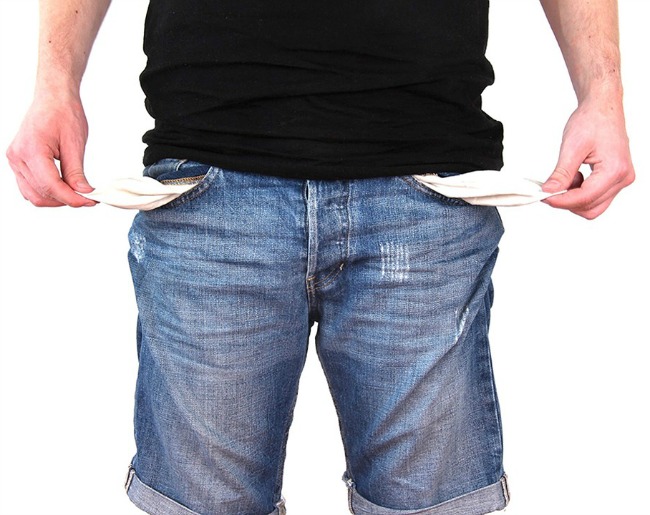*Thanks for site supporters for making this post possible”
Most people want to avoid debt, but the truth is that buying the things that one wishes to have or purchasing these things on a whim, can often mean incurring debt. Before taking on debt, there are some things to know.
Among the things to know about debt are the sorts that exist, how much debt too much, and options for dealing with it when it is simply too much. For extreme cases, this can mean bankruptcy. If you do end up filing for bankruptcy, it is important to know the difference between chapter 7 and chapter 13 bankruptcy in order to choose the best option for your situation. Here is what you should know about debt before you borrow money.

Good Vs. Bad
It is an oversimplification to think of debt as simply being bad. There are types of debt that can be considered positive or “good.” These are undertaken in order to improve one’s lot- to create a positive outcome such as increasing one’s earning ability. A good example is student loan debt.
“Bad” debt is something that is negative financially. This term is used to describe a depreciating asset or something that cannot be used to generate income. An example of this would be the purchase of a recreational vehicle (RV), and thinking, “I need a loan to buy an RV“.
When Is It Too Much?
Before taking on debt, it is good to have an idea of how much you can afford. In general, it is assumed that one should not spend more than 36% of one’s income on debt service; that includes housing expenses. So, for a household that earns $100,000 per year, that would mean no more than $36,000 should be flowing out for rent or mortgage, credit card payments, auto loan, etc.
One bit of advice given regarding student loans is to not take out more than what one expects to earn in a year. Of course, for many, that does not work out to be the reality when it comes to such borrowing.
How do you know if you have too much debt? Debt-to-income ratio (DTI) is a good measure. Of course, if one earns more, there might be a bit of wiggle room. Where there is no wiggle room, however, is when payments exceed what you earn each month. After all, one cannot sustain indefinitely having more money flow out than what one is bringing in. When you have reached that point, the situation is such that there is no choice but to explore options.
Debt consolidation is one possibility. However, sometimes debt simply so exceeds what one is earning, or one is earning far too little for that to be a realistic possibility. At that point, bankruptcy may be the best option.
Bankruptcy
Bankruptcy is a word many people don’t want to hear. However, filing for bankruptcy can offer a fresh start for those who do not have another realistic way out of debt.
The different types can be confusing. The simplest way to look at it is that Chapter 7 wipes the slate clean, while Chapter 13 allows a reorganization of the debt with a repayment plan.
Some types of debt can be discharged; among these is credit card debt. One significant type of debt that cannot be discharged unfortunately, is student loan debt.
Moving Forward
Once one receives a discharge from bankruptcy, it can take a while to rebuild one’s credit. However, slow and careful steps can be taken to get back on track. This would not have been possible without the benefit of declaring bankruptcy at a crucial time. Although not ideal, it can definitely help to get a fresh start.
I hope you’ll share this post on what you should know about debt before you borrow money with family and friends, to they can avoid bankruptcy too!




